Growing Demand for Home Decor
The Pottery Ceramic Market experiences a notable increase in demand for home decor items. Consumers are increasingly seeking unique and aesthetically pleasing ceramic pieces to enhance their living spaces. This trend is driven by a shift towards personalized home environments, where individuals desire to express their style through distinctive decor. According to recent data, the home decor segment within the pottery ceramic market is projected to grow at a compound annual growth rate of 5.2% over the next five years. This growth is indicative of a broader trend where consumers prioritize quality and craftsmanship, leading to a surge in demand for artisanal pottery products. As a result, manufacturers are focusing on innovative designs and sustainable materials to cater to this evolving consumer preference.
Influence of Social Media Trends
The Pottery Ceramic Market is significantly influenced by social media trends. Platforms such as Instagram and Pinterest have become vital for showcasing pottery products, driving consumer interest and engagement. The visual nature of these platforms allows artisans and brands to present their work to a global audience, fostering a community of pottery enthusiasts. Data indicates that products featured on social media can experience a sales increase of up to 25% within a short period. This phenomenon highlights the power of social media in shaping consumer preferences and purchasing decisions. As a result, pottery manufacturers are increasingly leveraging social media marketing to connect with potential buyers, promote their unique offerings, and build brand loyalty.
Expansion of E-Commerce Platforms
The Pottery Ceramic Market is experiencing a transformation due to the expansion of e-commerce platforms. Online shopping has become a preferred method for consumers seeking pottery products, as it offers convenience and access to a wider range of options. Recent statistics reveal that online sales in the pottery ceramic market have surged by 30% in the past year alone. This shift is prompting manufacturers and retailers to enhance their online presence and invest in digital marketing strategies. As a result, consumers can easily discover and purchase unique ceramic items from the comfort of their homes. The growth of e-commerce not only broadens market reach but also allows for niche pottery brands to thrive, catering to specific consumer preferences.
Cultural Significance and Heritage
The Pottery Ceramic Market is deeply intertwined with cultural heritage and traditions. Many regions around the world have rich histories of pottery making, which contributes to the demand for traditional ceramic products. Consumers are increasingly drawn to pottery that reflects cultural significance, as these items often tell a story and connect them to their roots. This trend is particularly evident in markets where artisanal craftsmanship is celebrated. Data indicates that the market for culturally significant pottery is growing, with an estimated increase of 4.5% in sales over the next few years. This growth underscores the importance of preserving traditional techniques while also appealing to modern consumers who appreciate the artistry and history behind each piece.
Rising Interest in Eco-Friendly Products
The Pottery Ceramic Market is witnessing a significant shift towards eco-friendly products. As environmental awareness continues to rise, consumers are increasingly inclined to purchase ceramics that are sustainably sourced and produced. This trend is reflected in the growing popularity of pottery made from natural materials and non-toxic glazes. Market data suggests that the eco-friendly segment of the pottery ceramic market is expected to expand by approximately 6% annually. This growth is fueled by a consumer base that values sustainability and is willing to invest in products that align with their environmental values. Consequently, manufacturers are adapting their production processes to incorporate sustainable practices, thereby enhancing their market appeal and competitiveness.


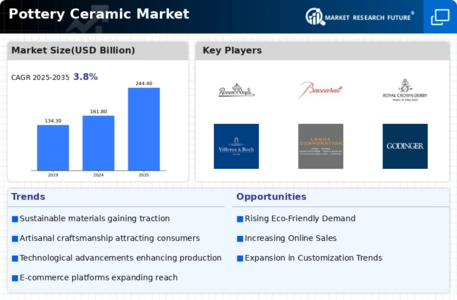
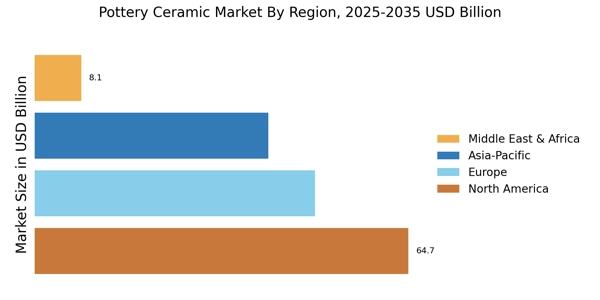
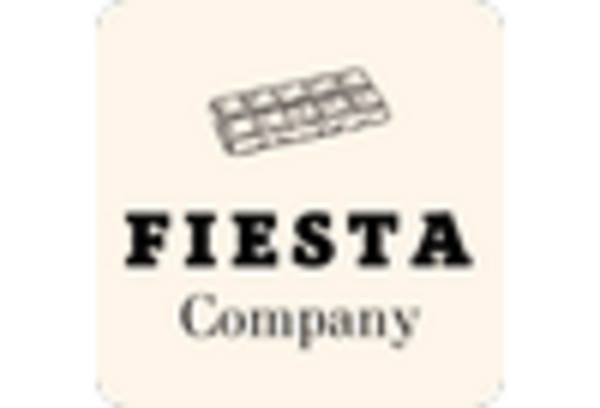
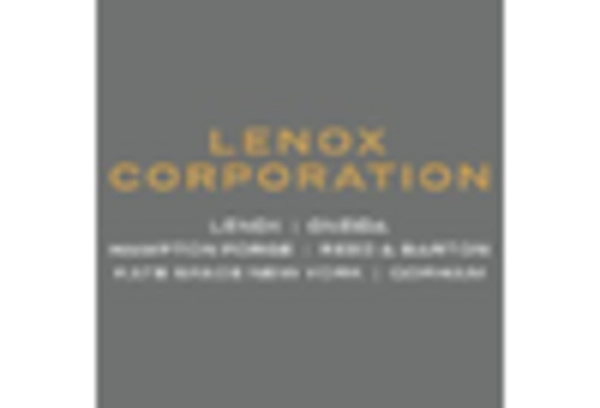
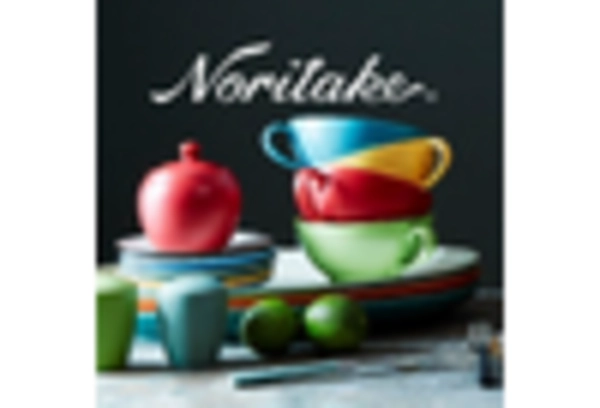
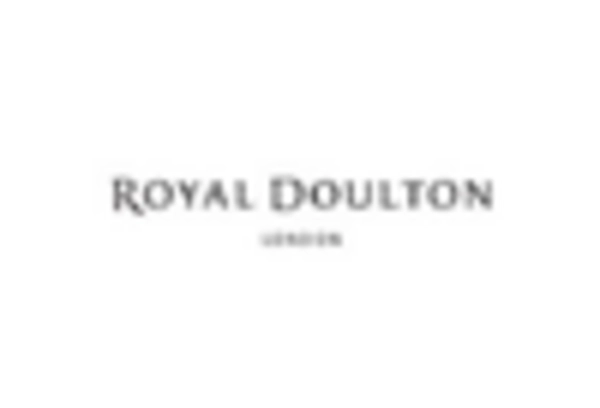
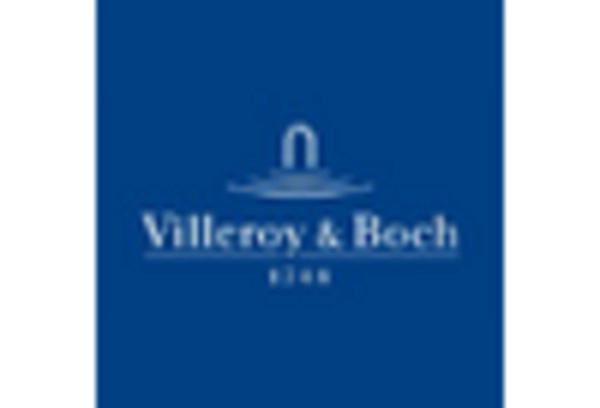
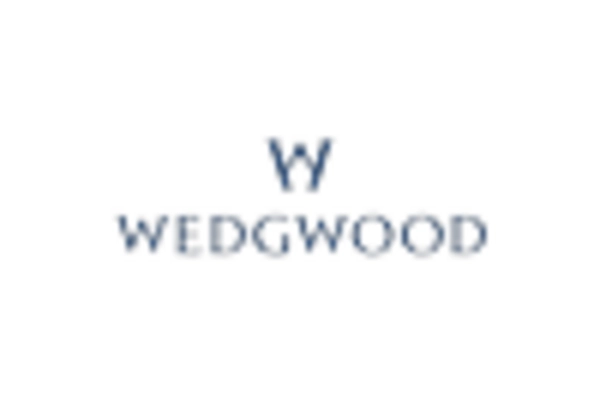








Leave a Comment